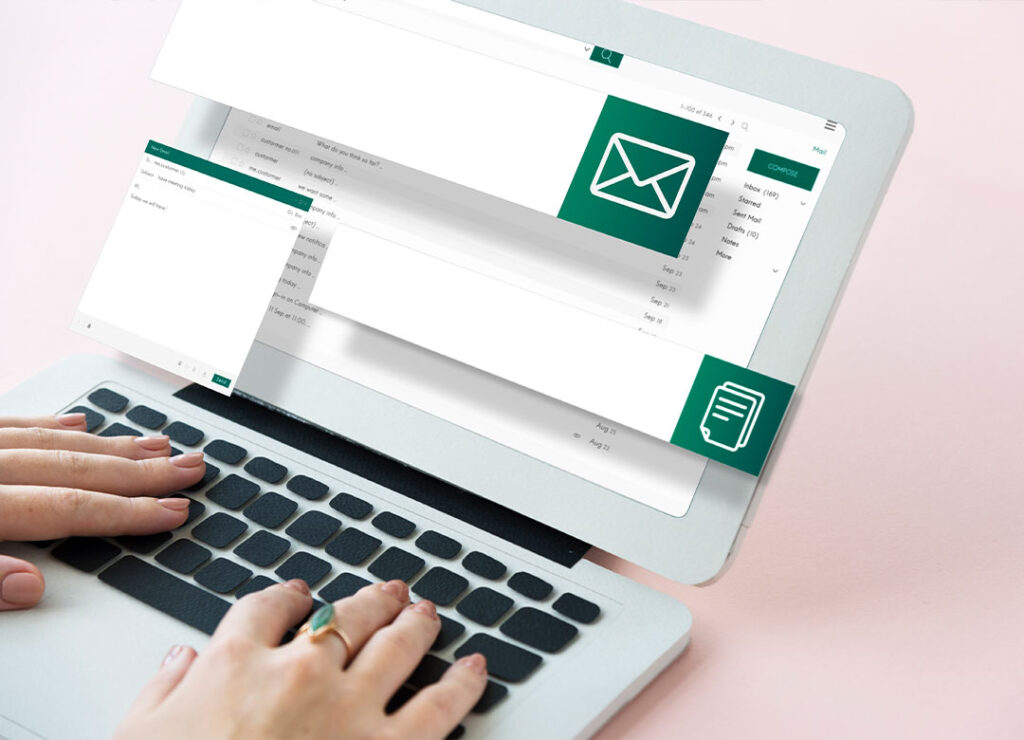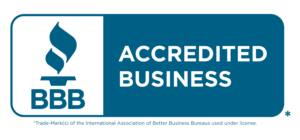Understanding Your Audience
Before crafting the perfect subject line, you need to understand who you’re writing for. This foundational step is critical for online engagement and a strong email marketing strategy.
Tailor Your Subject Lines
Not all customers are the same. Your target audience may differ in terms of age, location, interests, or preferences. For instance, a casual “Special Deals You’ll Love!” might work perfectly for Gen Z trend followers but not for seasoned professionals seeking industry insights. Match your tone, style, and terminology with the kinds of people you’re targeting.
Segment Your Email List
Segmenting your email list enables you to tailor your subject lines even further. By categorizing your audience based on factors like purchasing history, browsing behavior, or demographic information, you can create subject lines that feel custom-made. For example:
- For first-time buyers: “Your First Purchase = 20% Off 🎉”
- For returning customers: “Back Again? Welcome to Exclusive Perks!”
Targeted messaging shows your customers that you “get” them, and that’s a huge win for your brand.
Crafting Compelling Subject Lines
Now that you have a clear understanding of your audience, it’s time to make your subject line pop. How do you make a subject line too good to ignore?
Use Action Verbs and Strong Adjectives
Action verbs drive energy and urgency, while strong adjectives create vivid imagery. Combine them to craft captivating subject lines:
Segment Your Email List
Action verbs drive energy and urgency, while strong adjectives create vivid imagery. Combine them to craft captivating subject lines:
- “Transform Your Digital Marketing in Just 30 Days”
- “Boost Your Online Engagement with These Simple Tricks”
- “Discover the Secret to Effortless Social Media Management”
Use dynamic language that promises action and results.
Create Urgency or Scarcity
FOMO (Fear of Missing Out) is real. Subject lines that create a sense of urgency or scarcity encourage recipients to open their emails right away. Some examples:
- “Act Fast! Deal Ends in 24 Hours 🚨”
- “Only 10 Spots Left for Our SEO Webinar!”
- “PPC Savings End Tonight!”
Adding time-limited language urges your readers not to delay clicking.

Personalization Techniques
Email marketing works best when it feels personal and relevant. Make your audience feel like the email was written specifically for them.
Use the Recipient’s Name
Seeing their name in the subject line instantly grabs attention. A personalized touch such as “Hey [Name], Your Free Digital Marketing Checklist” adds a friendly, personal feel. Most email platforms easily enable this feature.
Reference Past Interactions
Demonstrating that you remember your audience’s actions builds trust and credibility. Mention past purchases or previous interests:
- “Your Recent Blog Read Could Lead to This Big Win!”
- “Loving SEO Tools? Here’s More to Love”
- “Because You Loved Our Last Social Media Guide…”
Makes your audience more compelled to engage further.
A/B Testing for Subject Lines
What works for one audience may not work for another. Enter A/B testing, where you experiment with subject line variations to find the one that performs best.
Why A/B Test?
A/B testing provides data-backed insights. You’ll know which words, formats, and styles resonate most with your audience, allowing for more refined email campaigns.
What to Test
- Tone (formal vs. conversational):
- “Join Us for a Free Webinar” vs. “Don’t Miss Out on This Free Webinar!”
- Length (short vs. descriptive):
- “SEO Workshop” vs. “Free 60-Minute SEO Workshop for Beginners”
- Specific Hooks (urgency vs. intrigue):
- “Only 5 Seats Left!” vs. “What You’ll Learn in Our Upcoming Webinar”
Experimenting with variables like these can greatly improve open rates over time.
Put These Tips Into Action
Your email subject lines are the gateway to successful email campaigns. Whether you’re a digital marketing agency building robust campaigns for large corporations or a small business owner working on personalized pitches, these strategies apply to everyone.
Key Takeaways
- Tailor subject lines to audience segments.
- Use actionable language and a tone that resonates with your audience.
- Leverage urgency and personalization to grab attention.
- A/B test subject lines to refine your approach over time.

